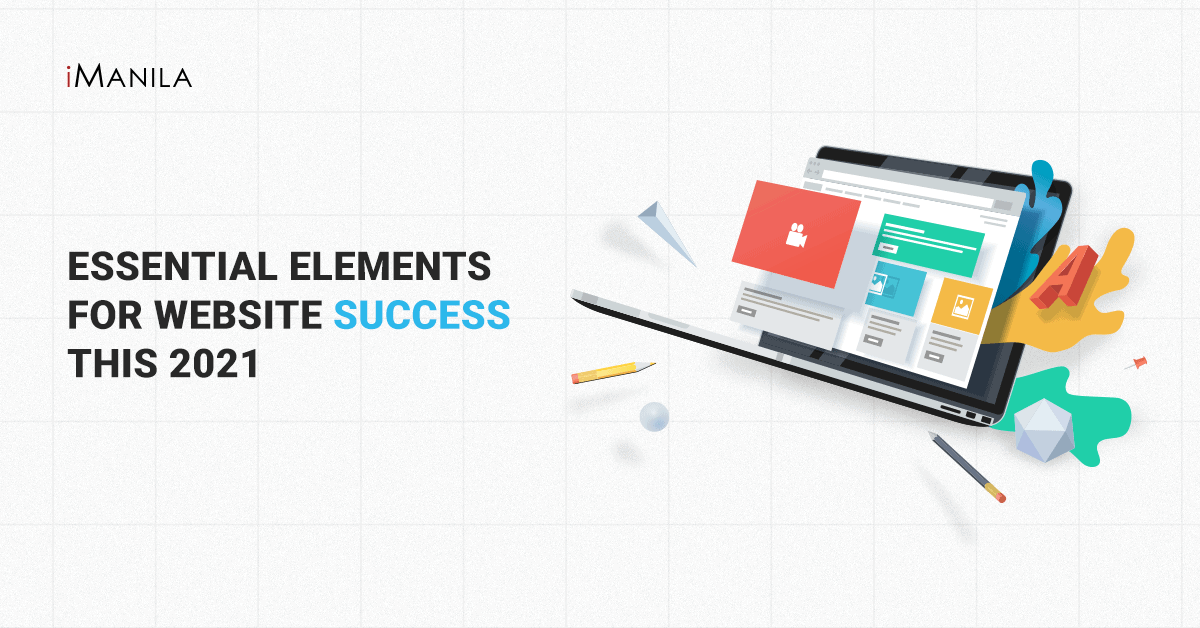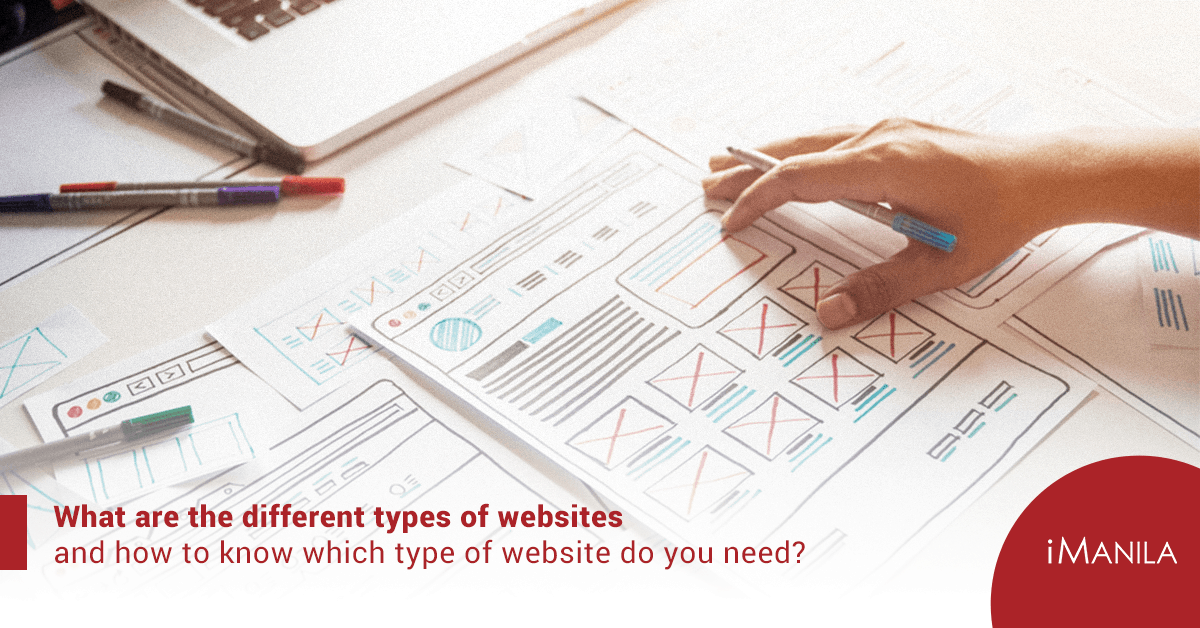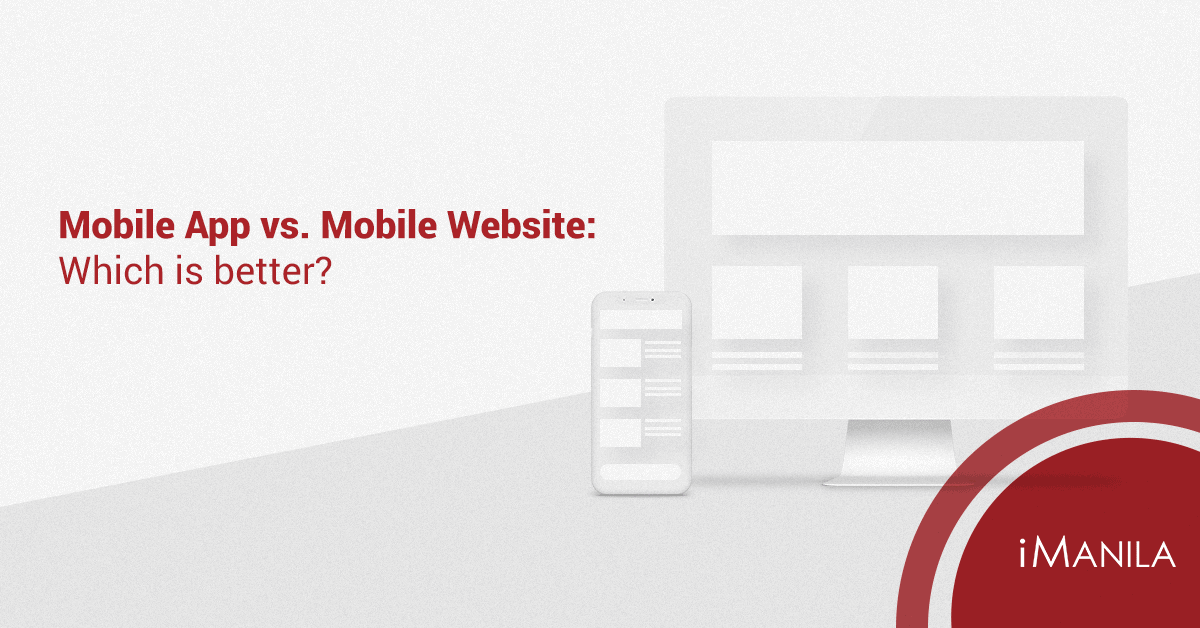How to Simplify Your Website?
The general theme and content of your website are very important, however, it always doesn’t have to be complex. Simplifying your web design can be done by taking small and easy steps. Simple tasks like focusing on putting the important website elements, removing the unnecessary things, reducing the number of pages your site has, getting more content, and using the right number of colors are just some small steps you can take to simplify your website.
The simpler your website gets, the more user-friendly it will become. For most businesses, simplicity is the key to a sleek, user-friendly website. It will be easier to use and navigate around your website if you cut down on additional elements. But sometimes it’s difficult to figure out what to cut and what to keep. Here are a few easy tips from the pros on how to simplify your web design or website in general.
Identify the Most Important Elements
This is the most important and the easiest step. Many websites have the most important information about their company on the homepage, mixed with a lot of unimportant features, like social media feeds, irrelevant photos, and even outdated ads. Strip down to the bare minimum of what you want clients to see once they land on your website and get rid of all the other clutter. Put only the most important content on your homepage.
Use the 80/20 Rule
The 80/20 is 20% of your website content will go towards 80% of your site’s value. Consider what brings the most value to your site – whether it be your online store, or signup forms. Putting these features front and center and eliminating or redistributing other elements can provide the user with a distraction-free page where they won’t be tempted to click away from items that are on sale or that signup form that they’ve been hovering their cursor over.
Reduce the Number of Pages
One way to simplify your web design is to narrow down your website pages. This gives users the time to focus on the important parts of your site. It also creates a cleaner and more organized experience. Review your website and remove the unnecessary pages that you know you really don’t need or merge pages that cover similar topics.
Stick to a Limited Color Scheme
Choosing the right colors is crucial when it comes to website design. It can be easy to go crazy with lots of bright colors, but a crazy color scheme can actually be very distracting to your website’s users. Limiting yourself to a color scheme of only two to three colors is a great way to simplify your website’s design. One trick to expand the colors of your website is to use different shades of the same colors to provide subtlety and texture.
Get Your Call to Action Above the Fold
Research shows that most people spend more time above the fold of your website. This is one of the most important parts of your website that helps drive more traffic to your site. Whatever is displayed in this sweet spot is what every visitor to your homepage will see first. Make sure that you put a lot of rich content in this part of the website, including any call to action such as “call us today!” or “Check out our store!”.
In this digital age, a well-designed website is not only about aesthetics, but more for overall user experience. At iManila, we create highly-functional and beautifully designed websites that can support your business objectives – whether that means driving awareness, generating leads or increasing sales. With 25 years of experience in the industry, iManila is committed to providing our clients with innovative digital solutions. We are a full-service website development and digital marketing agency ready to help you with your website design and development, hosting, and digital marketing needs. Let’s talk and we’ll help you keep your website relevant and up to date.






